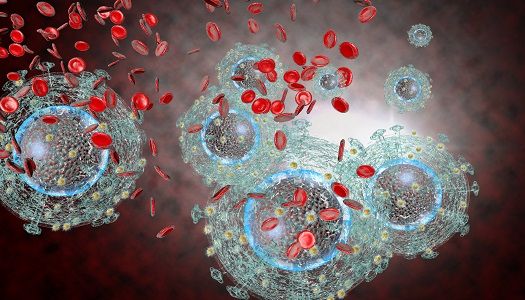HIV Hides in Brain, Kidney Tissues Even When Undetectable in Blood
“Our results suggest that HIV in varied tissue compartments can be untouched by the medications,†said Michael S. McGrath, MD, PhD.

Antiretroviral therapy (ART) has certainly gotten more sophisticated over the years. The proper treatment can enable a patient to achieve an undetectable viral load in their blood — which greatly reduces the risk of transmitting the human immunodeficiency virus (HIV) to someone else. However, even if a patient achieves this level, the virus can still be found in their tissues. This part isn’t a new piece of information, but researchers from the University of California, San Francisco (UCSF) took it a step further by examining autopsy tissues.
Led by Michael S. McGrath, MD, PhD, the team looked at tissues from people who had HIV — some were treated with ART and others weren’t. What they found was that ART didn’t impact HIV found in some of the tissues. But this wasn’t due to drug resistance, as the researchers didn’t find traces of that.
“Our findings suggest the spectrum of ‘non-AIDS defining’ diseases such as cancers and cardiovascular disease that are increasingly the cause of death for virally suppressed patients are likely driven to some degree by the presence of active, untreated virus in tissues,” said McGrath, a professor of laboratory medicine at the AIDS and Cancer Specimen Resource at UCSF — which is where the tissues came from starting at 1984.
The team analyzed tissues and HIV genetic sequences from five people treated for HIV who had died from cancer. None of them had detectable virus in the blood. The results were compared to a similar cohort with the only major difference being that they were never treated for their HIV.
“Our results suggest that HIV in varied tissue compartments can be untouched by the medications,” McGrath explained. “In addition, our findings suggest that strategies to ‘cure’ HIV infection, which are centered on treatment of blood, must consider targeting tissue based sites of HIV.”
Another discovery was an evolving “wild type” HIV which wasn’t affected by ART. That virus was found in the cerebellum, lymph nodes, lungs, colons, spleens, and more tissues, as described in the Journal of Virology. Additional findings concentrated on HIV-infected macrophages — described as a long-lived tissue-based immune cell which destroys foreign substances and disease-carrying cells. The disease process for conditions like cardiovascular disease and neurological diseases could be influenced when HIV activates tissue macrophages.
With the addition of this new evidence, researchers now have a better picture of where HIV resides even when the viral load is extremely low in the blood.
Related Coverage:
Vaginal Ring Lowers HIV Risk Without Interfering with Sexual Intercourse
Study Gets to the Nitty-Gritty of HIV, Tuberculosis Coinfection